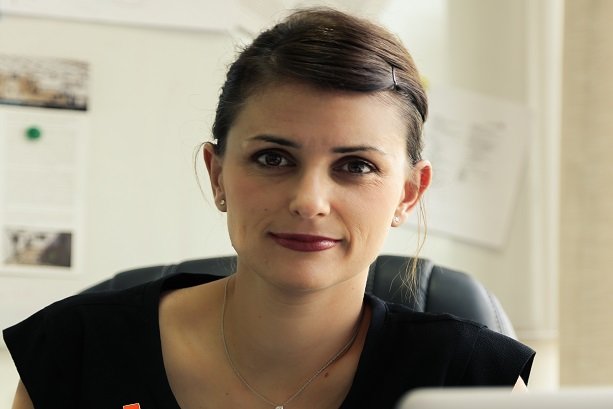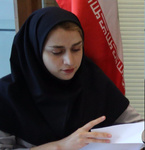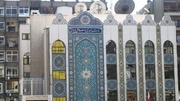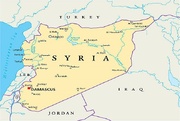According to the latest reports by Norwegian Refugee Council in Jordan, close to 4,000 refugees returned to Syria from Jordan in August, about twice as many as the previous month. The officials consider the event a very worrying trend, showing how hard the situation is for many families in Syria's neighboring countries.
The increase coincides with a sharp cut in food assistance to Syrian refugees in Jordan, NRC announced, adding that in August, some 229,000 Syrian refugees in host communities already living below the national poverty line were told they would no longer receive food assistance, many others have had their support cut in half.
That's why many families see no other alternative than to return to a war ravaged Syria, with the severe security risks that entail or to embark on a dangerous journey across the Mediterranean. "It is not a choice, but a desperate attempt to protect their families," a protection Adviser at NRC told Mehr News.
In an interview with Mehr News, Catherine Osborn, the Protection Adviser at the NRC’s Jordan office, answers the questions on the issue:
Do you think the target countries where Syrian refugees go, can provide them with safety, education and hope for the future? Why do many refugees have recently left their destinations and return to Syria?
Syrian refugees in Jordan and across the region are increasingly struggling to put a roof over their heads, food on the table and keep their children in school. Almost nine out of every ten Syrian refugees living outside of camps in Jordan live below the national poverty line. It is not a choice but a desperate attempt to protect their families.
Which countries have proved better situations for Syrian refugees?
Many Syrian refugees in Jordan have now been displaced for two or more years – they have spent their savings and with decreasing humanitarian assistance are no longer able to meet their family's basic needs. Some – more than 4,000 in August – are forced to return to Syria with all the security risks that entails or trying to reach Europe. More than 4 million Syrian refugees are currently registered in the region and more support needs to be provided to neighboring countries like Jordan to help them cope with the huge influx of refugees.
It is unclear how many people are returning to Syria to travel onward to Turkey and Europe. Many people are telling us that they are going back to Syria to sell their property to get the funds they need to make the journey to Europe.
How do you predict the future of young Syrian refugees who are the ones supposed to eventually rebuild Syria?
Syrian refugee youth need hope for the future. They need to be able to continue their education and find positive ways to support their displaced communities otherwise we are at risk of losing the generation of Syrians that we hope can one day rebuild Syria.
Catherine Osborn, is NRC’s Protection Adviser with the Jordan Country Office. She has been working with NRC since 2012 supporting the response to vulnerable refugees, internally displaced persons and impacted host communities in the region. Catherine has worked for a variety of UN agencies, international and national NGOs over the past 10 years including in Lebanon, Palestine and Afghanistan. Catherine holds a LLM in International Humanitarian and Human Rights Law from the University of Geneva and undergraduate degrees in Law and Psychology from the Australian National University.
Interview by: Lachin Rezaian





















Your Comment